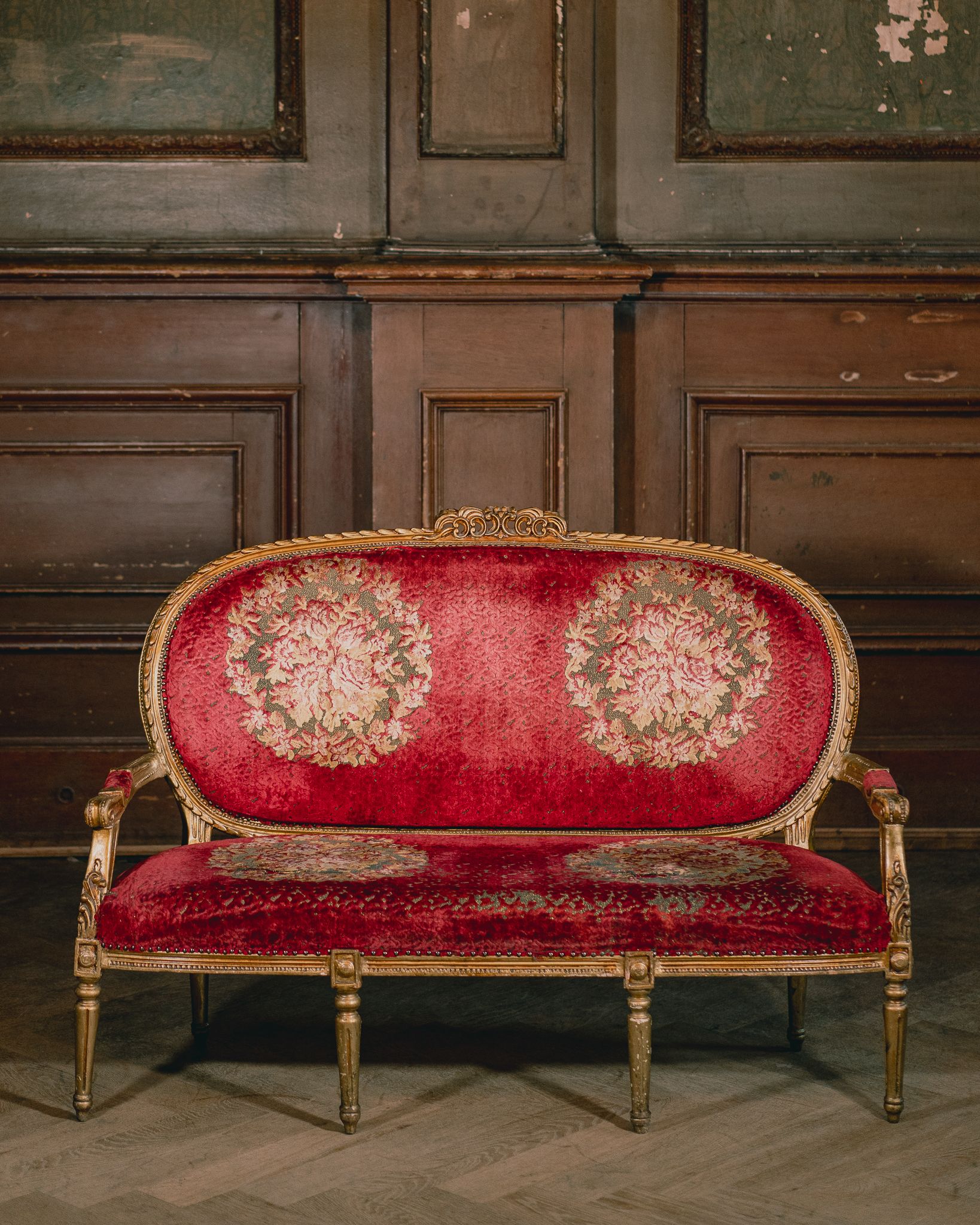MISHIMONO
An Israeli fashion label between Innovation & Nostalgia
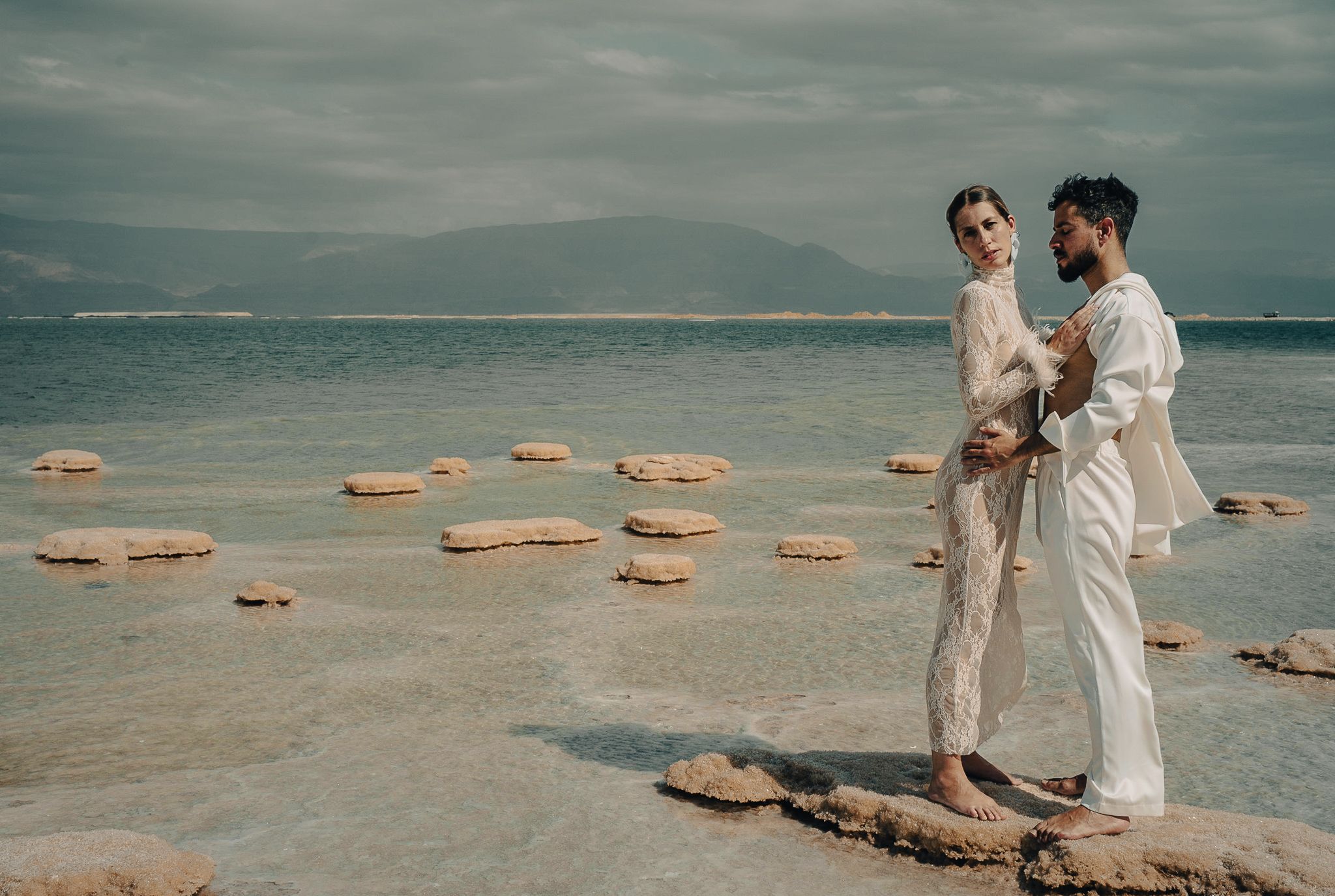

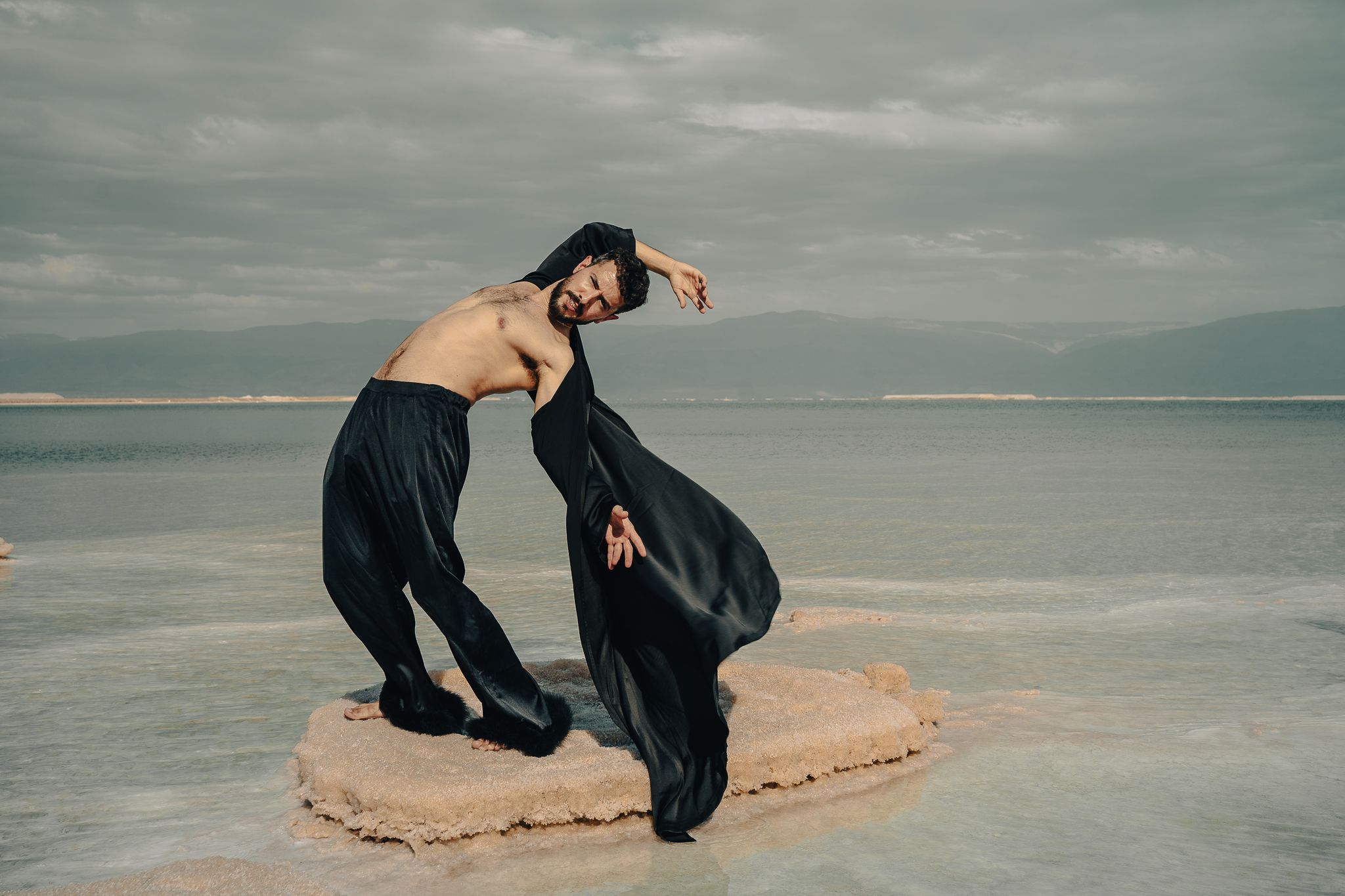


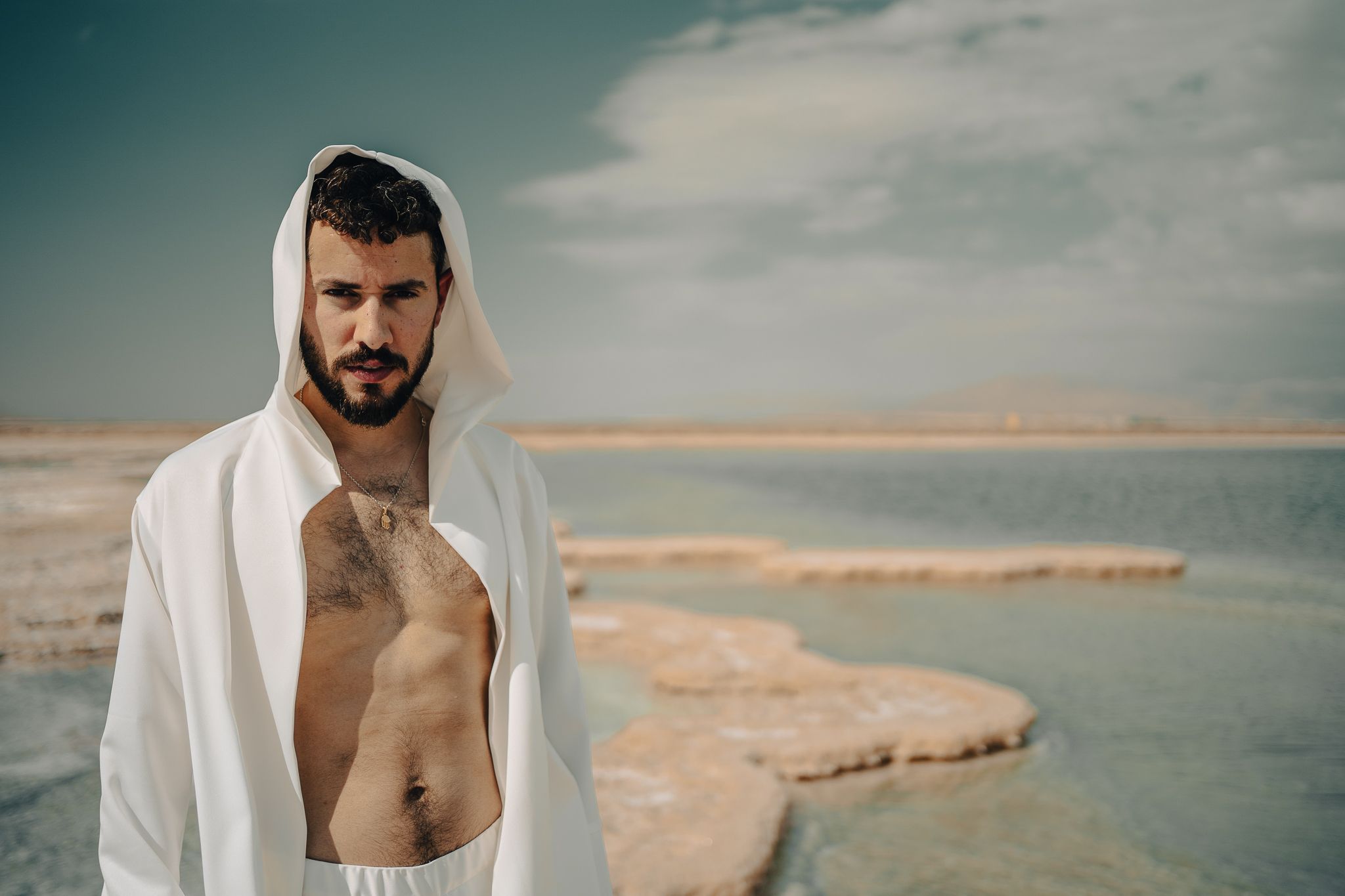
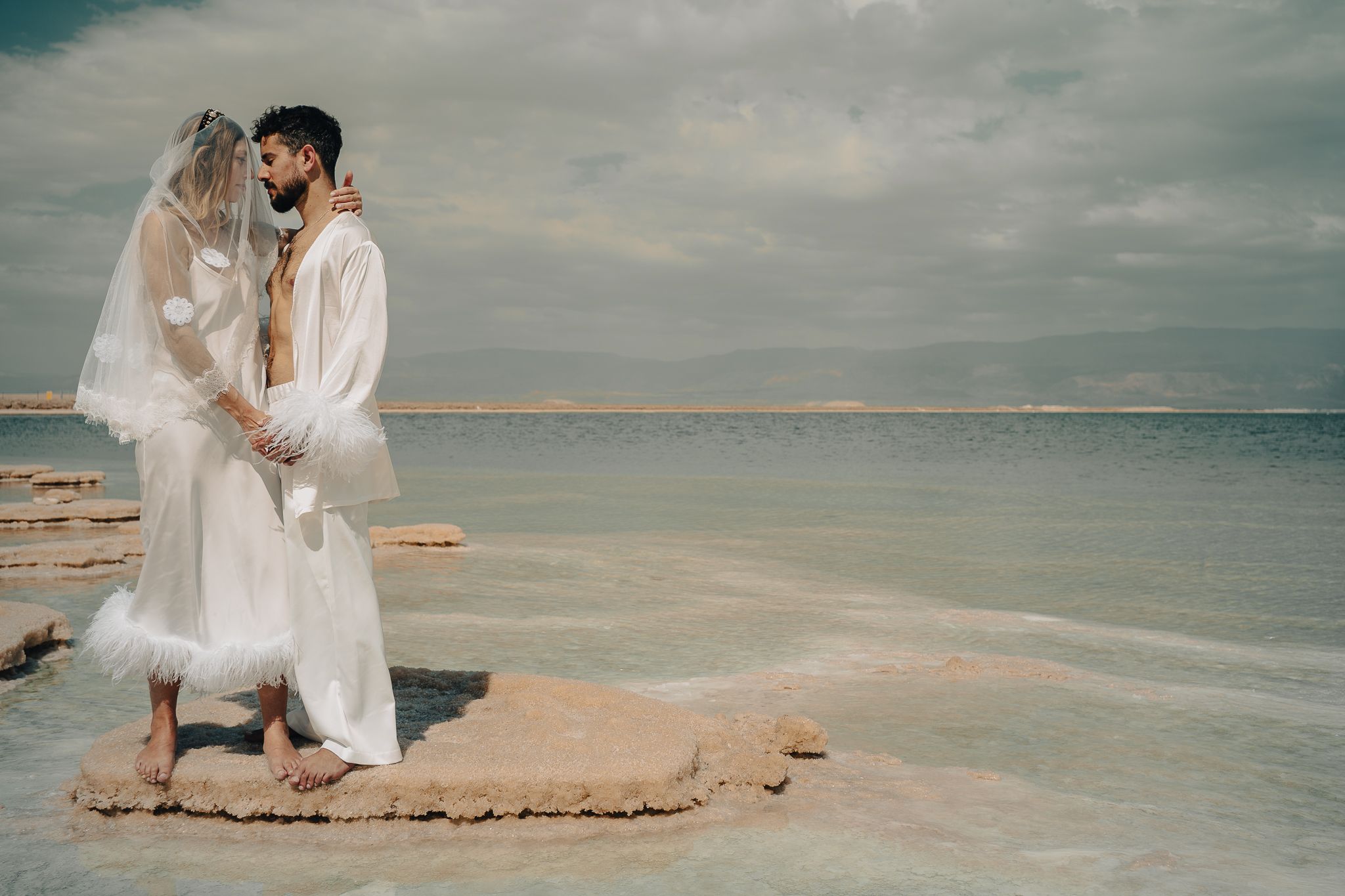

MISHIMONO was launched in early 2020 by the Tel Aviv-based textile designer Shimrit (Shimi) Ban-Jacob. The label's name consists of the nickname of the designer SHIMI and from the word KIMONO which is the main item of all collections.
All Together Now:
Gemma Rolls-Bentley on the Inclusiveness of Art
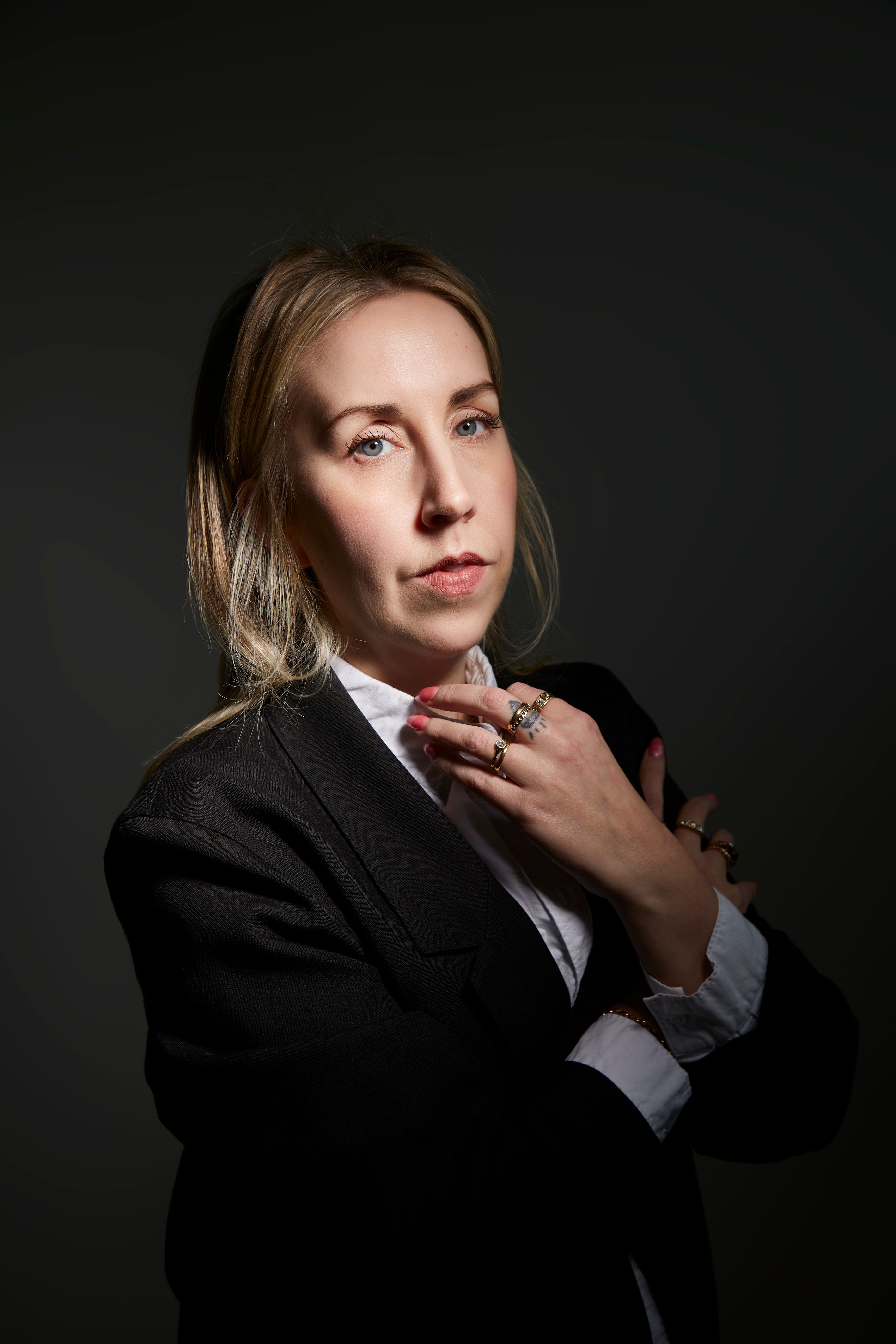
All Together Now:
Gemma Rolls-Bentley on the Inclusiveness of Art
Gemma Rolls-Bentley has dedicated her life to the arts. Specifically, she is committed to underrepresented artists’ groups with marginalised identities. And she is on a mission to bring in bigger audiences to access and have experiences with art, to have the opportunity to live with and to look at art that reflects them.
For almost two decades the art curator and writer from Sheffield has toiled to make a living from doing the work she loves and cares about. “I’m now in a position where, through my curatorial practice, I’m able to work with artists who I feel most excited about and who I feel are making really valuable work that helps make the world a better place and helps people see different perspectives,” this real live wire explains, passionately.
“The artists who I choose to work with are the ones who have very strong messages in their practice—messages around empathy, kindness, inclusion.” Being someone to whom diversity is very important, Rolls-Bentley works with a lot of artists who identify as female and come from the LGBTQIA+ community.
Besides organising exhibitions, putting underrepresented artists in the spotlight and working with collectors, there is also another project that has kept Rolls-Bentley busy over the past few years: writing her first book. Naturally, she has poured her heart and soul into Queer Art: From Canvas to Club, and the Spaces between. Nearly 200 hand-selected artists from all around the world and a vivid collection of their artwork can be found within its pages. The book is a real labour of love, celebrating the massive and lasting global impact of LGBTQIA+ artists, with a foreword from none other than Sir Isaac Julien.
There is a lot of belonging to be found in art, especially when it is hard to find in other places or in society. Rolls-Bentley’s new book is the latest part of her project to ensure her vision stays true—that art can help to make this world a better place.
Words by Anne Kaerst, photography by Christa Holka
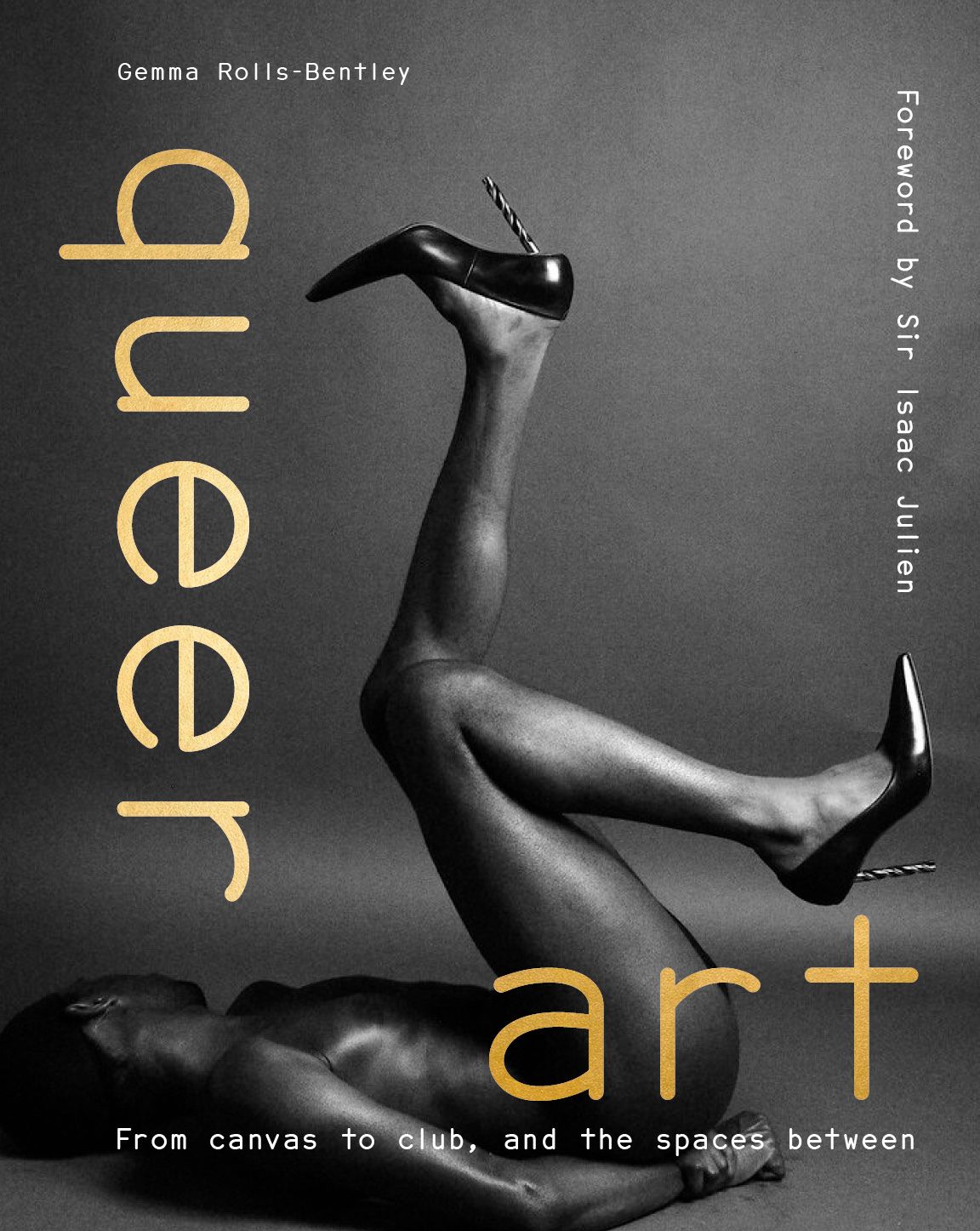
INDUSTRY INCARNATE:
WHY THE AESTHETIC IS NOT
AN AFTERTHOUGHT
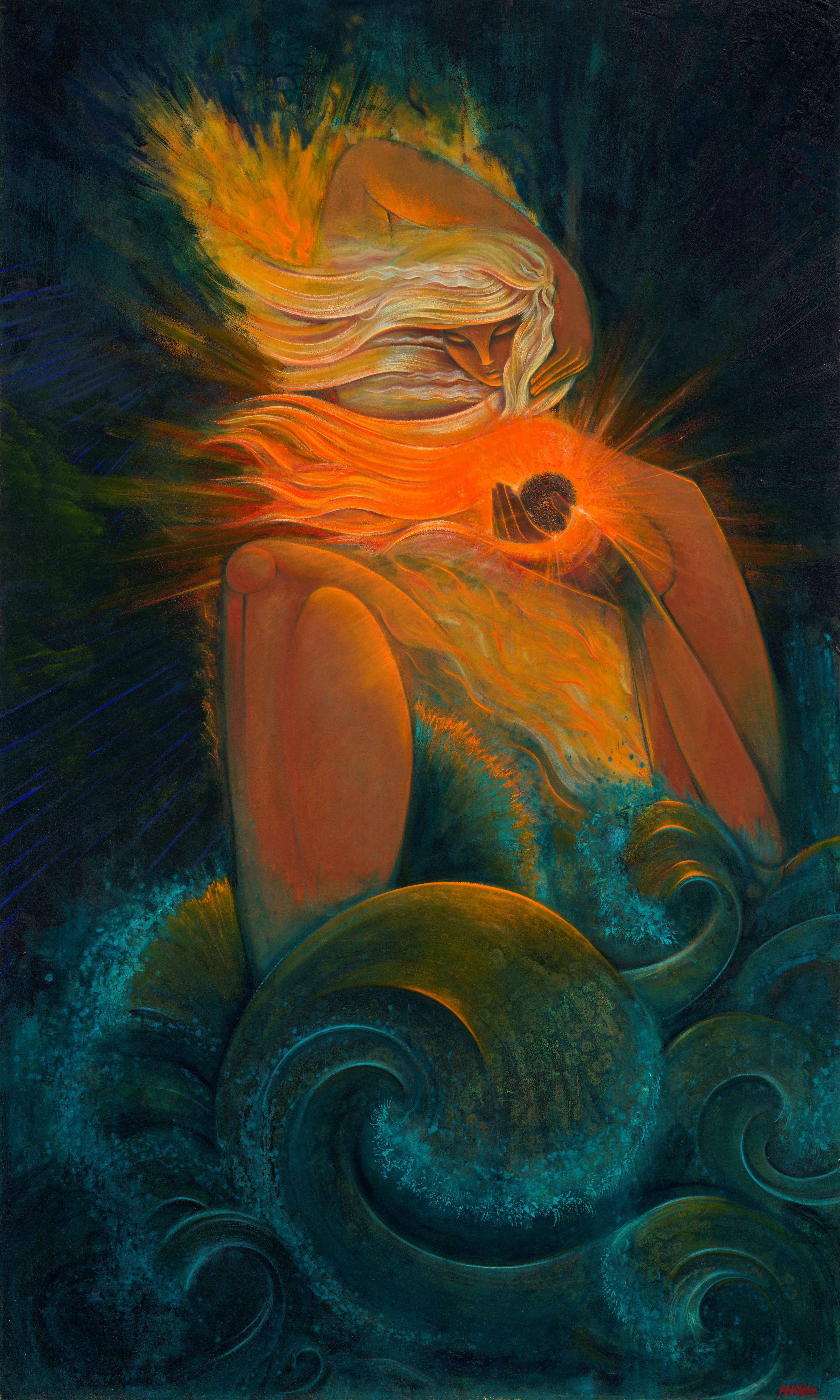
INDUSTRY INCARNATE:
WHY THE AESTHETIC IS NOT
AN AFTERTHOUGHT
Following artist Maxim Burnett’s presentation with BWG Gallery at London Art Fair on the 22-26th January, Anna Moss profiles the artist’s practice in Industry Incarnate: Why the Aesthetic is Not an Afterthought.
At Islington’s Business Design Centre, Burnett showcased his monumental scale triptych, ‘Industry Incarnate’, a series of paintings depicting contemporary ‘titans of industry’. The artist transmutes modes of hyper- industrialised extraction into sublime and deific figures. They embody the kind of ‘inhuman beauty’ that D.H Lawrence, experiencing the early effects of mining in Nottinghamshire, wrote of: ‘Men but not men, but animas of coal and iron and clay. Fauna of the elements, carbon, iron, silicon: elementals.’ Through poignant visual allegory and technical virtuosity, the artist imbues the soullessness of mechanisation with a spirited handling of paint. Feverish, incandescent pigment breathes life force into his dynamic figures, whether they personify an oil rig on the sea or palm extraction on land. Their sculptural rendering recalls the visual language of Soviet Constructivists, such as Valentina Kulagina, a key influence on Burnett. Interested in the predominance of Baconian ideology, the artist also employs these art-historical references to interrogate how this secular principle is exerted in contemporary industry.
Integral to each painting is their encasing in the artist’s hand water-gilded frames: a form of artistic veneration that is both personal and metaphoric. In 2021, Burnett’s battle with a form of cancer, Hodgkin’s Lymphoma Type B, marked a paradigm shift in his practice. Following his recovery, the artist in his own words, seeks to ‘enshrine and eulogise a sense of the twenty-first century, to make something that will outlive me. I ask myself after each painting if I’d be happy with it being my last’. Religious sentiment is harnessed as an artistic device, echoing Post-War art’s preoccupation with secular transcendence: Francis Bacon’s visceral Crucifixions, or Mark Rothko’s epic and tragic canvases. When faced with a bond to machinery driven by functionalism—Burnett implores us to consider our relationship to natural order by re-engaging our most historic, human and aesthetic sensibilities.
Words by Anna Moss
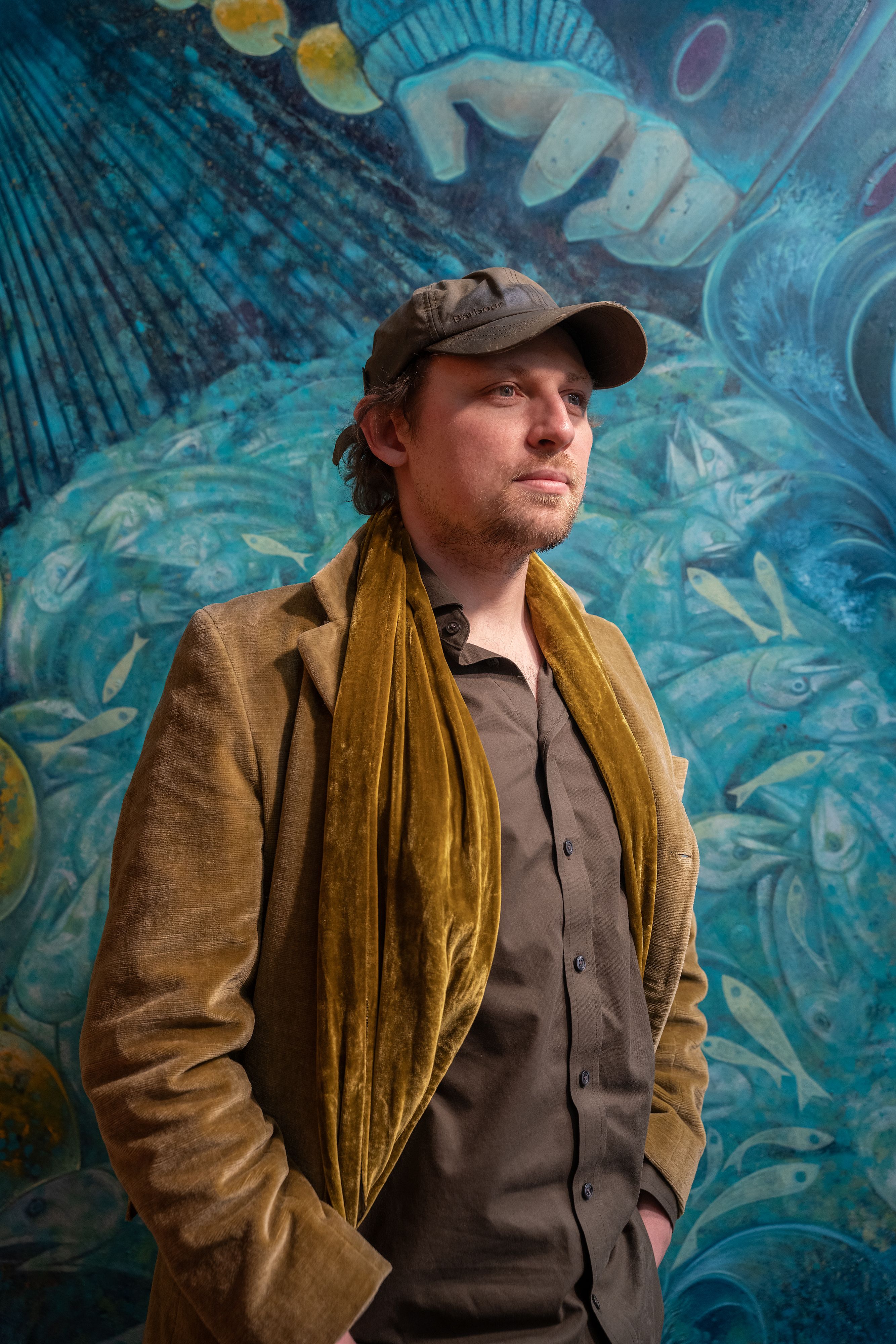
LONDON ART FAIR returns to the city from 17—21 January
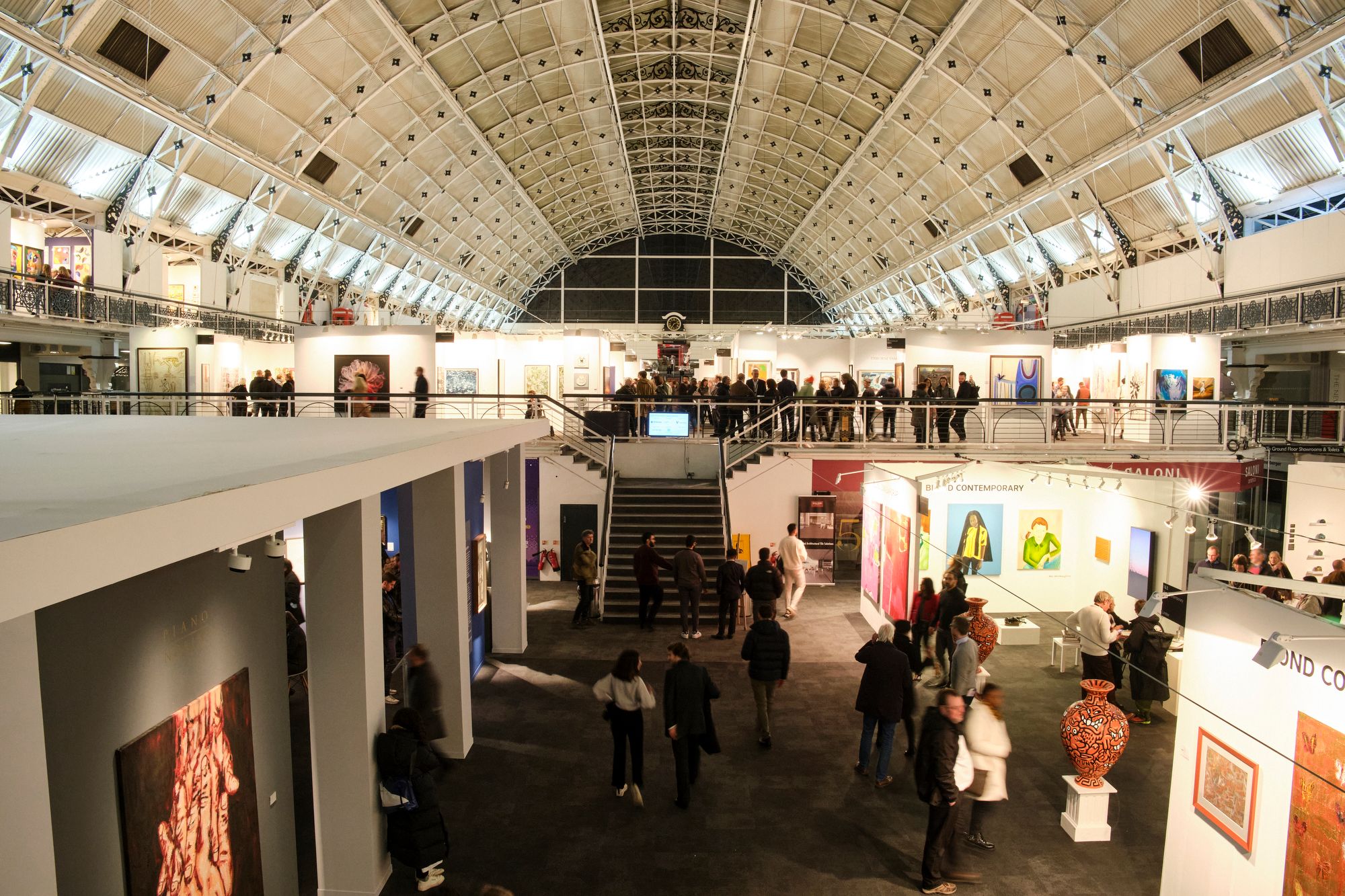
LONDON ART FAIR returns to the city from 17—21 January
The 36th edition of London Art Fair is an unmissable opening to the international art calendar, highlighting a selection of the best galleries from the UK and beyond.
The Fair will offer both seasoned and aspiring collectors a diverse presentation of modern and contemporary art, alongside curated displays, and an inspiring programme of talks, tours and performances.
This year will see the participation of over 120 galleries from around the world, including Japan, Portugal and Turkey.
In addition, London Art Fair continues to champion and support regional museums through its annual Museum Partnership, which this year invites Charleston, once home to the 20th century’s most pioneering artists, writers and thinkers, to showcase their unique collection of art, textiles and ceramics at the Fair.
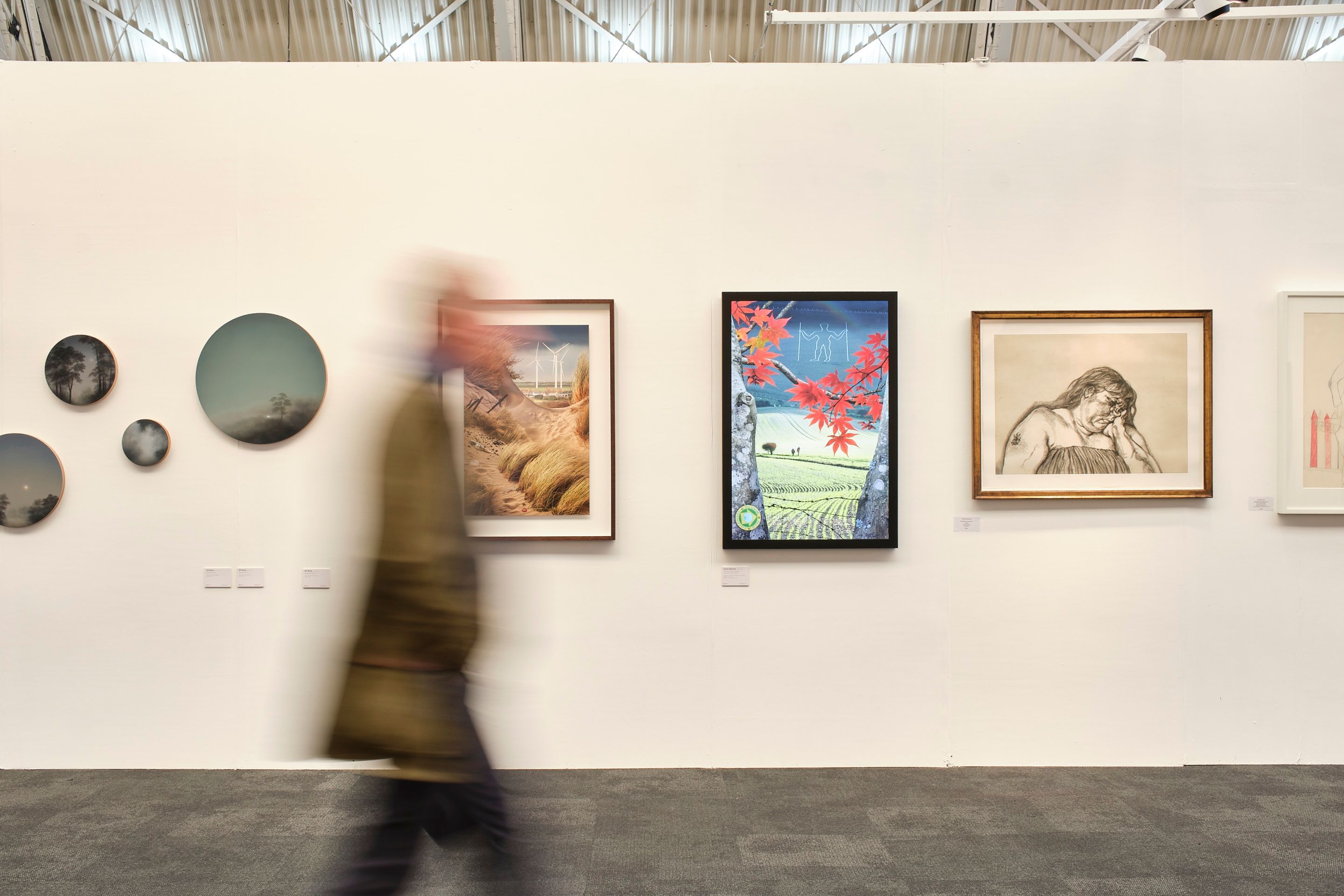
Clärchens Ballhaus—original since 1913
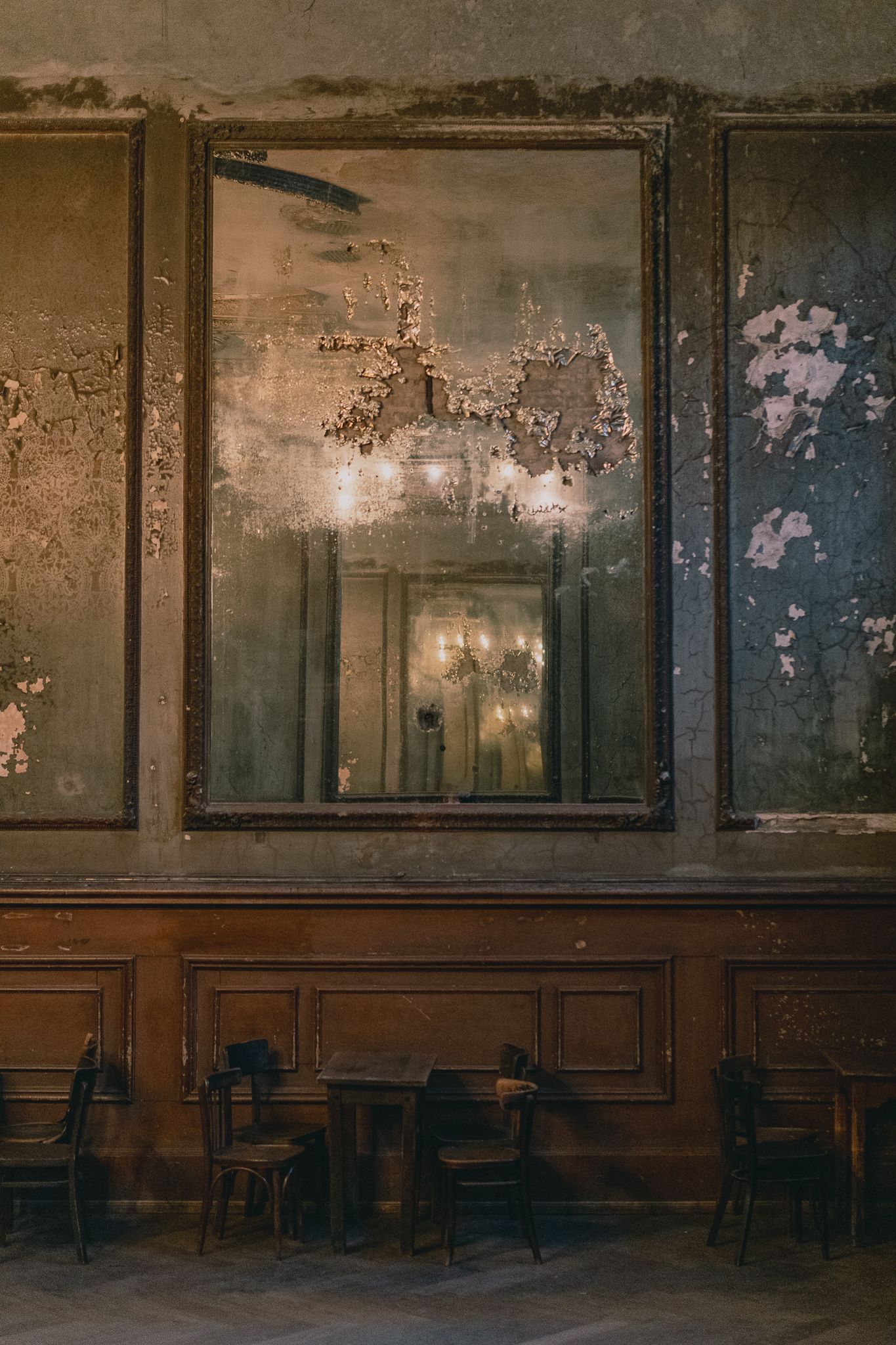
Clärchens Ballhaus—original since 1913
The Ballhaus was opened by Clara Bühler and her husband Fritz on September 13, 1913, and was first called "Bühlers Tanzhaus", but the name "Clärchens" quickly established itself among Berliners. While the high society celebrated in the Spiegelsaal, all other Berliners danced in the ballroom. For more than 100 years, dancing and celebrating have taken place in the two halls.
Clärchens Ballhaus is one of the last remaining ball houses from the 20th century. Its special feature is the Hall of Mirrors, which has been preserved in its original state to this day.
In 2019, culture investor Yoram Roth bought "Clärchens Ballhaus". A whole century has left its mark and renovations are planned for the house to preserve the old charm. Yoram Roth: "It should remain exactly what it is. Some things are simply right. I can't imagine clinking of glasses without dancing, and I feel obliged to the more than 110-year history of the legendary Ballhaus on Auguststrasse.”
